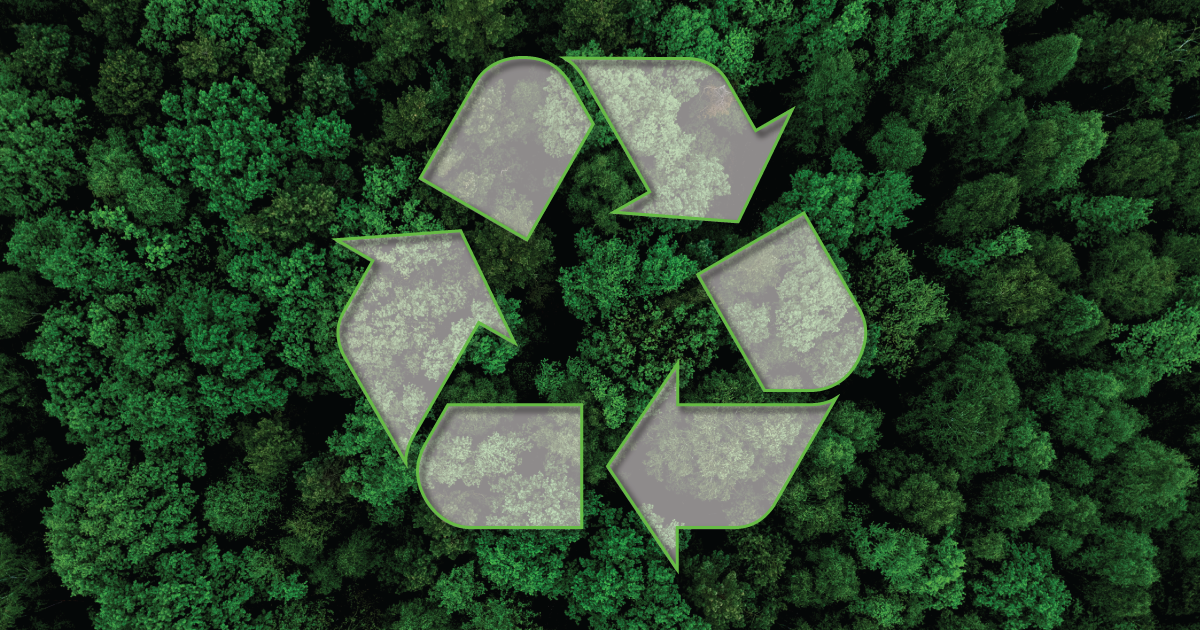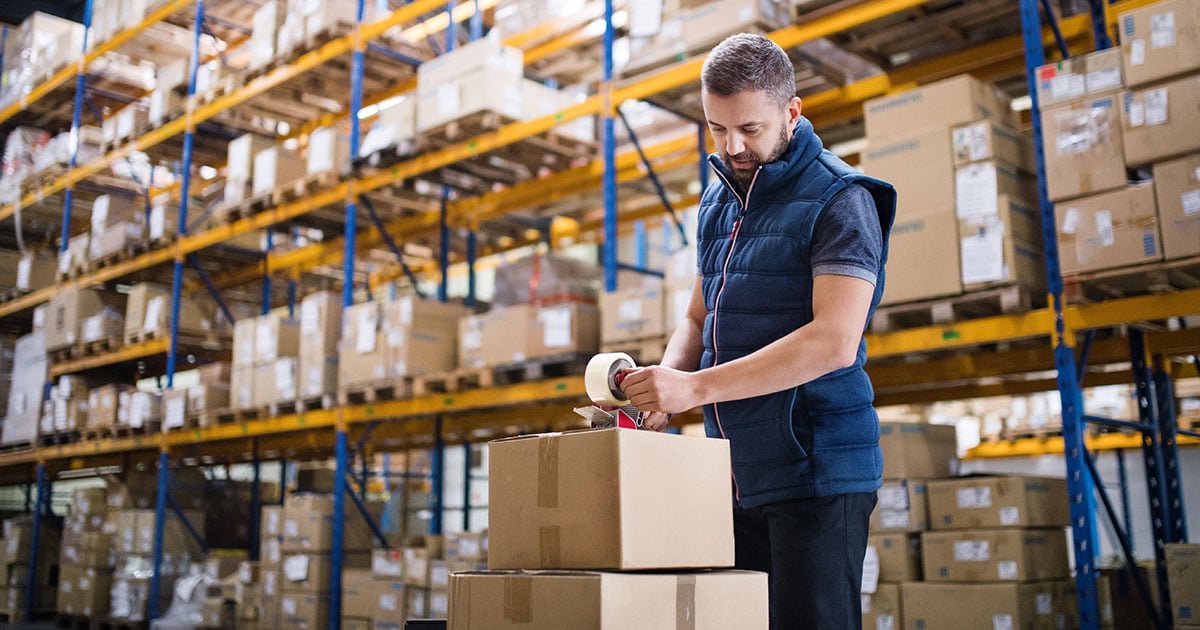11 min read
What’s Hot: Trends Driving the Packaging Industry in 2026
This past year has been a whirlwind of change that has shaken up the packaging industry. With new innovations in artificial intelligence and...
2 min read
Briana Smith : August 20, 2025

Extended Producer Responsibility (EPR) is rapidly transforming how companies manage their packaging operations and the materials they are using for their primary, secondary, and even tertiary packaging.
As more states shift the responsibility for packaging waste diversion and disposal to producers, including requirements for data collection and fees to support recycling infrastructure, it’s critical to be organized.
Forming a cross-functional team of internal stakeholders and external partners ensures your organization is aligned and prepared to meet these evolving challenges.
If you're new to Extended Producer Responsibility or need a refresher on the basics, check out our EPR 101: What Packaging Operations Teams Need to Know article for a foundational overview before diving into how to build your internal task force.
Navigating EPR compliance is complex and it’s not something that should be tackled alone.
Whether you're just beginning to track packaging materials or are already reporting, bringing together stakeholders from across your organization helps create a coordinated plan that’s clearly communicated and effectively executed1.
Example: Evaluating Stretch Film Usage
Packaging operations have a lot of moving parts—from packaging redesign to product protection during shipment and everything in between—so synchronization is key.
Without it, you risk delays in implementation, fines for non-compliance, and missed opportunities to reduce costs, improve sustainability, and stay on top of evolving regulations.
Your team may vary depending on your business, but consider including roles that can lead your packaging sustainability strategy, interpret regulations, manage supplier collaboration, oversee data reporting, and drive packaging redesign and communication.
Not all stakeholders will be involved at every stage, but transparency and clear communication ensure alignment and agility throughout the process.

1. Identify internal stakeholders across departments

2. Define roles and responsibilities

3. Conduct a packaging audit to assess current materials

4. Register with an authorized Producer Responsibility Organization (PRO)2

5. Collaborate with supplier partners to develop a holistic strategy

6. Set up regular meetings and track progress
At BradyPLUS, we partner with you to identify waste reduction opportunities, explore sustainable packaging alternatives, and improve performance—all while staying EPR compliant and reducing costs.
Sources:

11 min read
This past year has been a whirlwind of change that has shaken up the packaging industry. With new innovations in artificial intelligence and...

9 min read
The packaging world in North America is facing a moment of transformation. Between unpredictable global developments, shifting consumer habits, and...

13 min read
In 2025, food industry packaging is experiencing a rapid transformation. This is causing food processors and foodservice operators to reevaluate how...